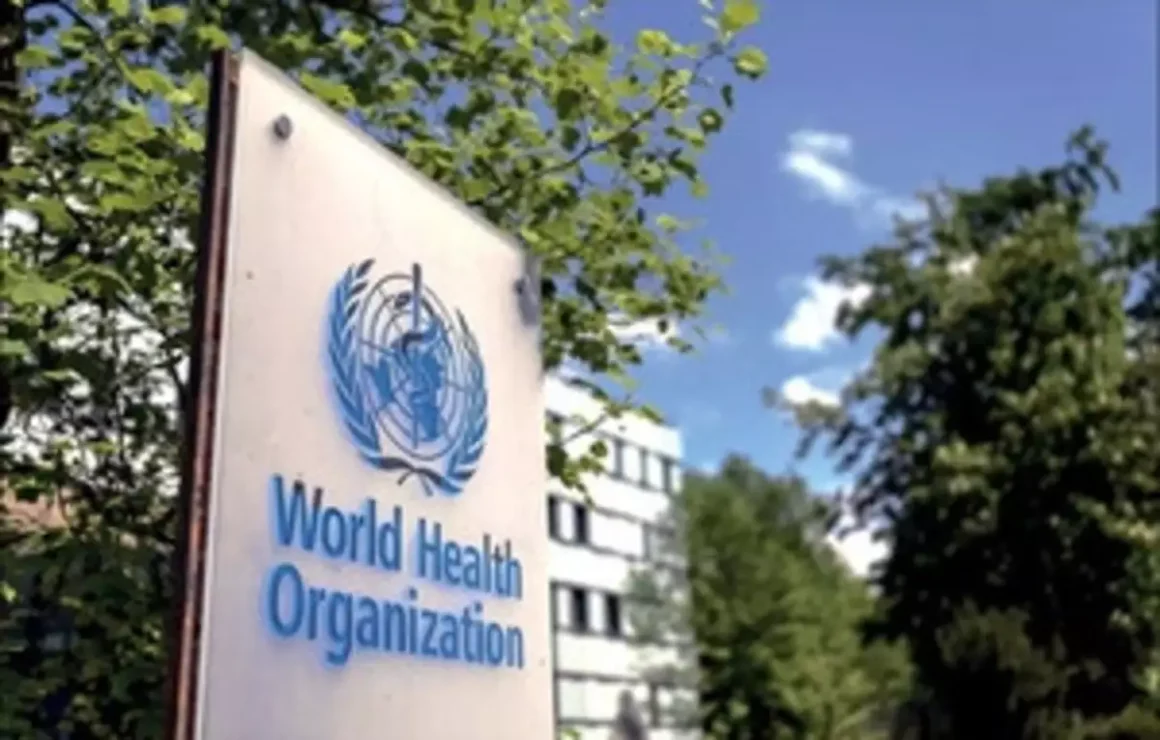New Delhi | 9 October 2024: To match the growing need to prepare for and respond to public health emergencies, Member States of WHO South-East Asia Region today agreed to treble the corpus of the South-East Asia Regional Health Emergency Fund (SEARHEF) to US $ 3 million and expand its scope to include management of critical medical emergencies.
The expansion will come into effect from 2026.
“The WHO Region has been witnessing increasing number of public health emergencies with growing intensity. The COVID-19 pandemic clearly demonstrated the need to strengthen preparedness and response capacities. However, sustainable and reliable funding has not matched the needs of the countries,” said Regional Director Saima Wazed, as Member States discussed expansion of SEARHEF at the ongoing Seventy Seventh Regional Committee Session here.
Established in 2008 to support life-saving health interventions in the immediate aftermath of a public health emergency, SEARHEF has till date supported 49 emergencies in 10 Member States with a total disbursement of nearly US $ 8.03 million. These include health interventions following floods, cyclones, landslides, fire, volcanic eruptions, drought, earthquakes, humanitarian conflicts, epidemics and pandemics.
In 2016, the scope of SEARHEF expanded to include emergency preparedness. This has supported strengthening of health emergency operations centers (HEOCs) and rapid response teams in Member States.
The decision to expand SEARHEF follows a detailed analysis of the fund’s utilization and needs.
The expansion of SEARHEF aligned with the needs of Member States and the Region’s priorities under the Regional Director’s roadmap for results and resilience for the next five years which includes strengthening emergency preparedness and response capacities.
In addition to supporting lifesaving interventions during emergency response. The SEARHEF will also strengthened to fill critical gaps in health emergency preparedness and capacities of countries.

